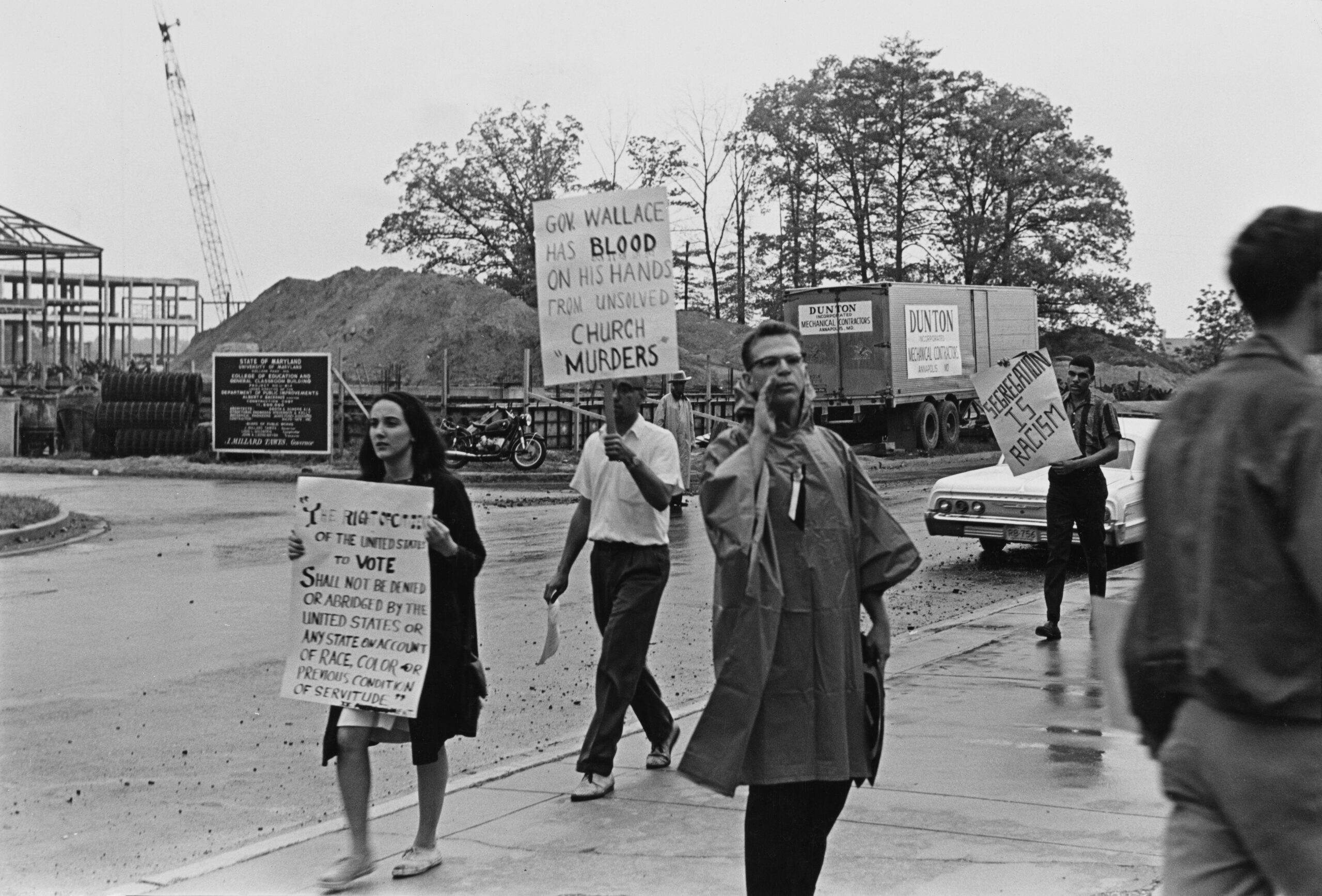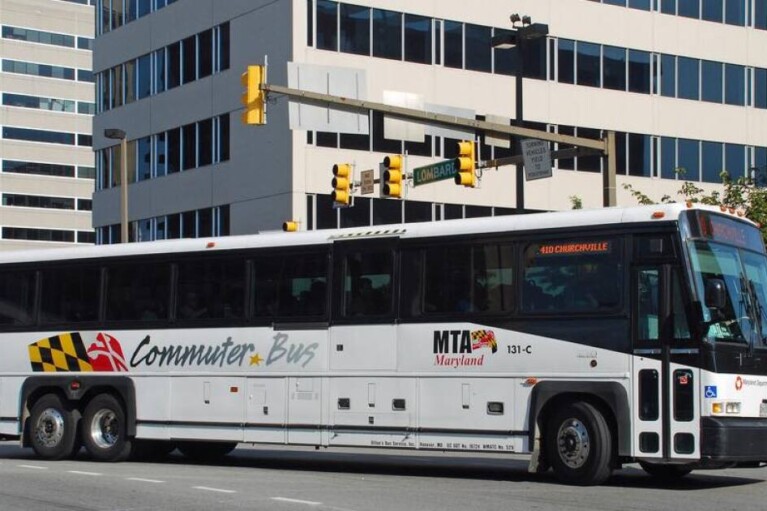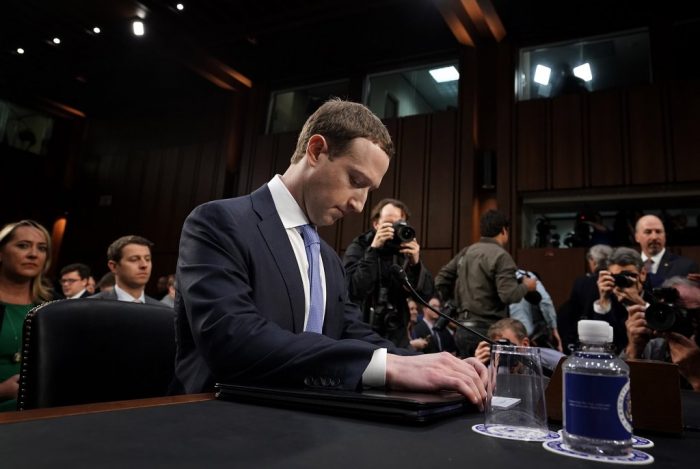Essay: Remembering the George Wallace Shooting 50 Years Later

When my father awoke me from a nap to tell me George Wallace had been shot and seriously wounded, I was in disbelief. After all, I had just seen the charismatic and controversial Alabama governor speak at a campaign rally hours earlier. I was a junior in high school when I heard that Wallace was going to appear at a shopping center in Wheaton. It was one day before Maryland’s presidential primary, and Wallace was crisscrossing the state in search of last-minute votes.
He was locked in a tight race with several other Democratic contenders, including Former Vice President Hubert Humphrey, South Dakota Senator George McGovern, Maine Senator Edmund Muskie and New York Congresswoman Shirley Chisolm. I had recently met Chisolm when she spoke at my high school.
Although not yet old enough to vote, I was still intrigued by the presidential campaign and a rare chance to see one of its most divisive contenders.
Some of my classmates thought this would be a raucous event based on some recent campaign appearances by Wallace in Maryland. We decided it was well worth skipping afternoon classes, and we were not disappointed.
As we arrived, country music was blaring as a huge crowd gathered in front of a small stage in the parking lot of Wheaton Plaza. Most of those who showed up appeared to be Wallace supporters, but there was also a boisterous group of young, anti-Wallace protesters.
I still remember one of the protesters waving a fake campaign sign with huge photos of Wallace and Congresswoman Chisolm. They were dressed up to resemble the farming couple in the famous painting “American Gothic.”
Some protesters chanted obscenities while throwing rocks and tomatoes toward the bullet-proof lectern, as nervous Secret Service agents tried to deflect debris from hitting the governor. In response, Wallace told the hecklers he had expected better vocabulary from college students. Gone was Wallace’s racist rhetoric of the early 1960s; while delivering a gubernatorial inaugural speech in 1963, he declared “Segregation now, segregation tomorrow, segregation forever!”
By 1972, the Alabama governor had rebranded his message by railing against what he called the federal government’s intrusion into the lives of ordinary Americans. However, he still opposed busing to desegregate public schools. His populist message seemed to resonate with supporters. On this day, I remember Wallace complaining about Washington’s crime problem and how it was even dangerous to walk the streets of D.C. during the day.
But protesters were so loud and disruptive that Wallace cut short his speech, and as I learned later, Secret Service agents warned him not to enter the crowd to shake hands with supporters. Wallace was quickly escorted to his car and driven to his next campaign appearance in Laurel.
Even before campaigning in Maryland, Wallace expressed concern about his safety. While in Michigan that spring, he told a reporter from the Detroit News he was not worried about heckling from college students. He told the reporter, “Hell, I don’t mind the kids. They’re just young and full of spit and vinegar. The ones that scare me are the ones you don’t notice. I can just see a little guy out there that nobody’s paying attention to. He reaches into his pocket and out comes the little gun, like that Sirhan guy that got (Robert) Kennedy.”
Just a few weeks later, his worse fears would come true. At the Laurel Shopping Center, there were far more Wallace supporters and fewer hecklers. So after delivering a lengthy speech, the governor ventured into the crowd shaking hands.
Moments later, Arthur Bremer suddenly pushed by well-wishers and fired five shots, all which struck Wallace. 21-year old Arthur Bremer, who had traveled to Maryland from Milwaukee, was immediately tackled by police and arrested. Wallace was transported to Holy Cross Hospital in Silver Spring, where he underwent surgery. But hours later came the news that the man who dreamed of becoming president was paralyzed and would never walk again.
One day later, Wallace easily won Maryland’s primary, capturing nearly 39% of the vote. Pundits credited his strong showing to a sympathy vote from those previously undecided. The Alabama governor would also win primaries in Michigan, Florida, North Carolina and Tennessee. But South Dakota Sen. George McGovern would eventually capture the Democratic nomination.
An African-American classmate told me she was relieved to learn the man who shot Wallace was not Black. She feared had the suspect been African-American, it would have exacerbated racial tensions. Just four years earlier, Dr. Martin Luther King, Jr. was assassinated by James Earl Ray, triggering several days of unrest in Baltimore, Washington and other U.S. cities.
Despite being paralyzed, Wallace went on to win two more terms as governor. He died in 1998. Arthur Bremer, now 71, served 35 years behind bars at the Maryland Correctional Institution in Hagerstown before being released in 2007.
Days after the 1972 shooting, I learned that Bremer had actually been spotted near the stage at the previous rally in Wheaton. Many speculated that if protesters had not been so disruptive, and Wallace had been allowed to shake hands in the crowd, he would likely have been shot then.
In hindsight, I was thankful my classmates and I had not witnessed the assassination attempt of a presidential candidate and the chaos that certainly would have erupted.
John Rydell has covered state politics for more than 30 years with WBFF-TV and Maryland Public Television. He can be reached at [email protected].




 Creative Commons Attribution
Creative Commons Attribution